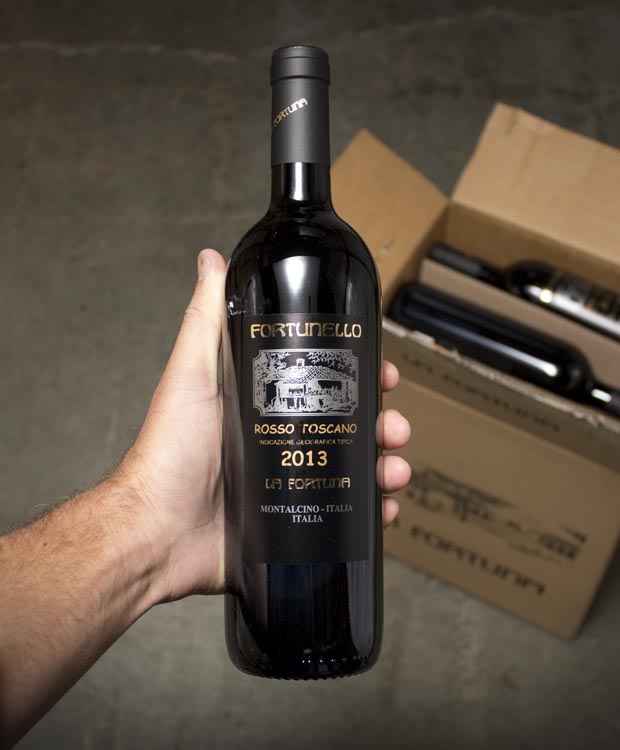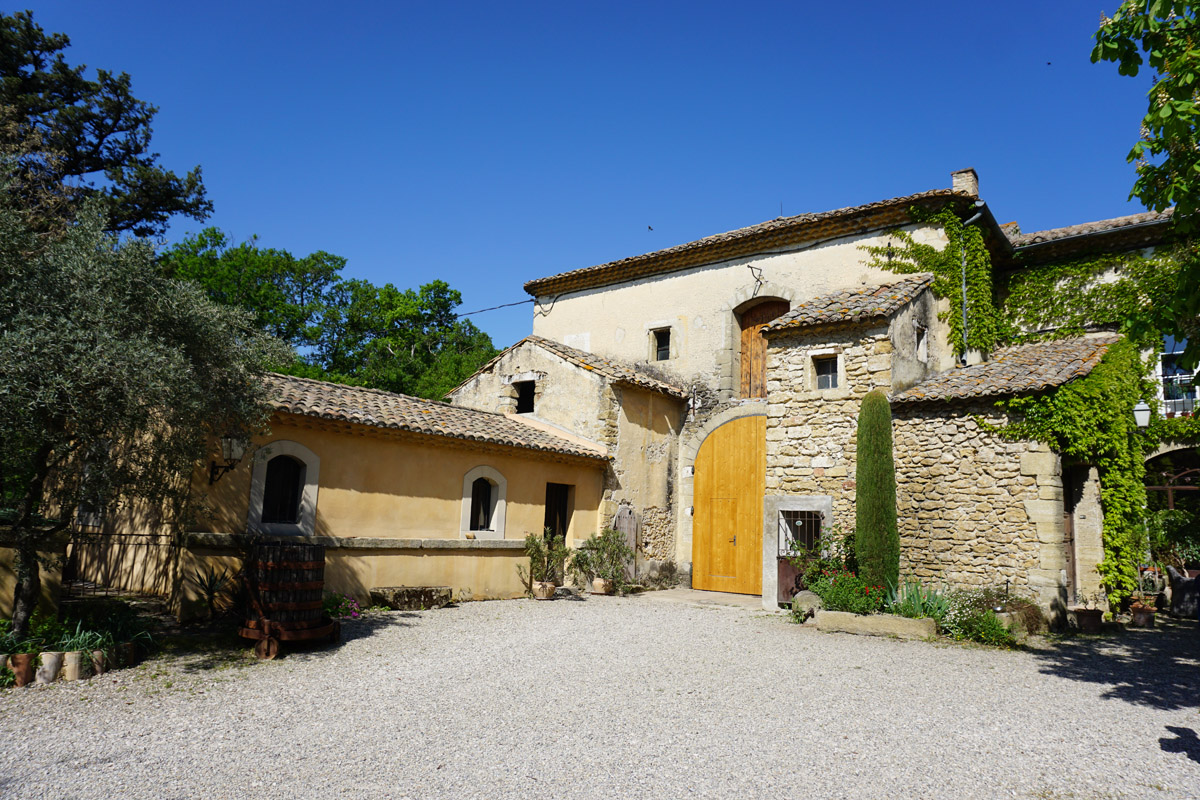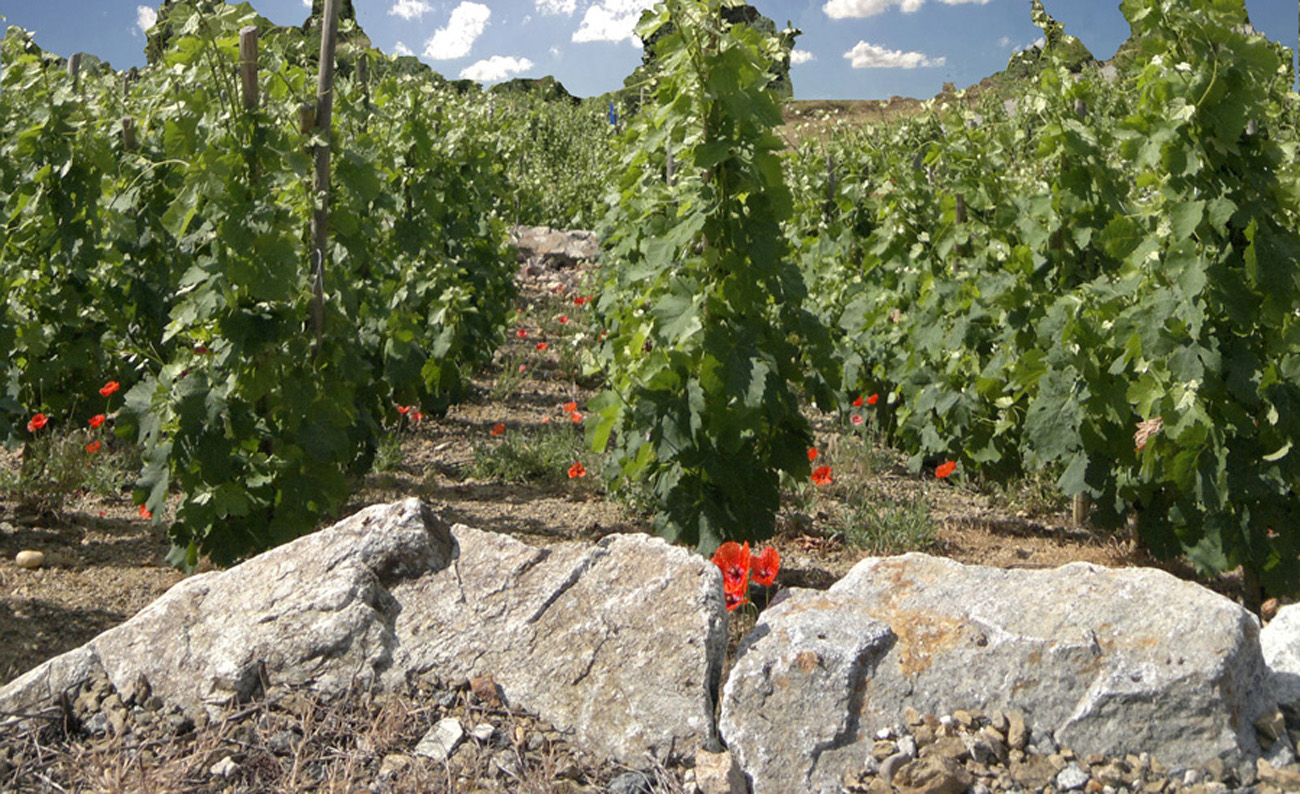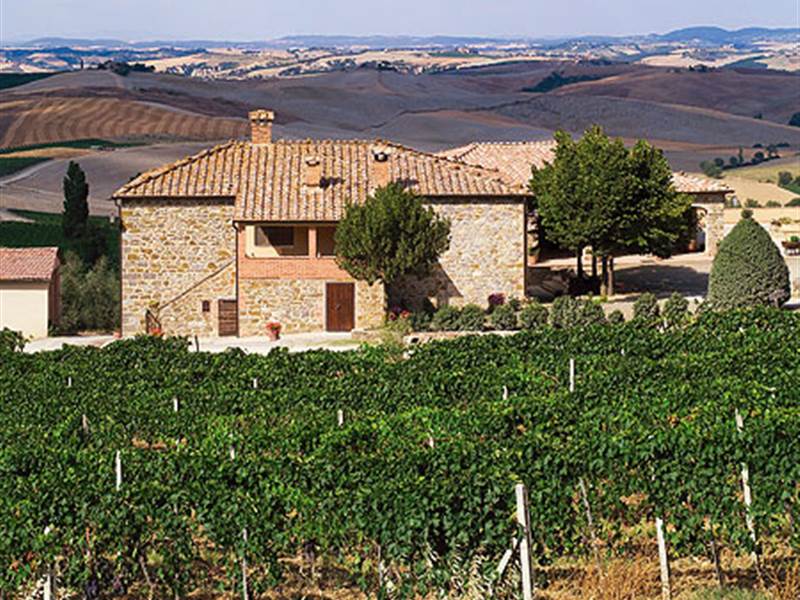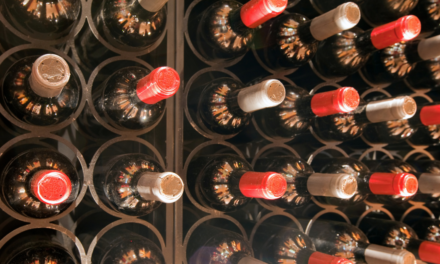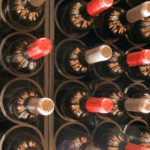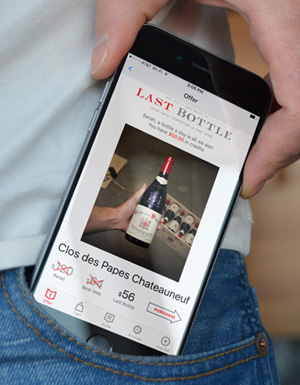How many times have you stood in front of the wine aisle debating whether or not to try a new bottle? You’d love to try something new, but you don’t want to risk wasting precious dollars on something you’ve never tried. You’ve been burned before and besides, your favorite Merlot is on sale. Here at Last Bottle we taste thousands of wines each year and pride ourselves on bringing you low-price wines that over deliver for the price. Don’t just take our word for it though. Here’s what one customer says of a recent offer:
Drinking a glass of the Open Range you sent me and I can’t believe how much this $10 bottle over delivers. Seriously…
– Christine Eitel Komons
Next time you’re feeling the urge to try something new and different, consider some of our top recommendations.
Côtes du Rhône
There’s a good reason why people love Rhone style wines. They are super drinkable upon release, with a dense, fruit-forward profile, medium/full body, and balanced acidity that makes them extremely food friendly. While their price can extend upward of $50/bottle, you’ll find plenty of great options in the $10-20 price range.
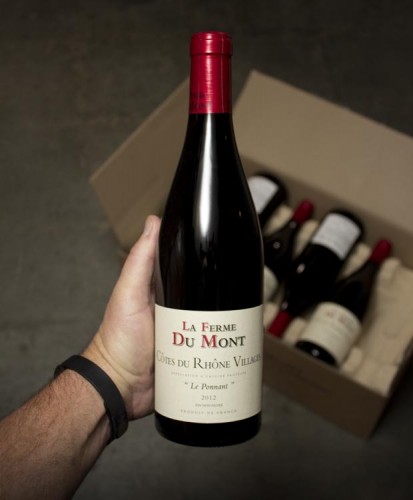
Ferme Du Mont Cotes du Rhone Le Ponnant 2012 is a great example of a supremely drinkable Cotes du Rhone ($20/bottle).
There are 21 official grapes that make up Rhone varietals, which makes for a ton of blending possibilities, although you’ll find most reds are dominated by Grenache, Syrah, and Mourvedre while the whites are usually made from Grenache Blanc, Rousanne and Marsanne.
Like all French wines, you’ll find different classifications assigned to the label. It can get confusing if you don’t know what to look for, so here’s the deal. More than 50% of the wines produced in the Rhone valley bear the entry-level “Côtes du Rhône AOC” classification. If you see the word “Villages” on the bottle that means it comes from one of 18 designated appellations in the region, in which case it can command a higher price.
Tasting notes: “Raspberries, framboise, crushed sweet herbs, anise, all in a smooth, soft, flowing texture that is not heavy or tannic in any way.”
Regions: France (Cotes de Gascogne, Cotes Catalanes, Rhône Valley)
Price: $10-30
Rosso di Montalcino
Serious wine aficionados know and love Brunello di Montalcino. It’s a luxurious wine, and one of the most popular Italian varietals. Production is governed by strict rules which require three years or more oak aging before release, and a great bottle often takes a decade to really hit its stride. The only downside is that a bottle can easily cost $50 or more.
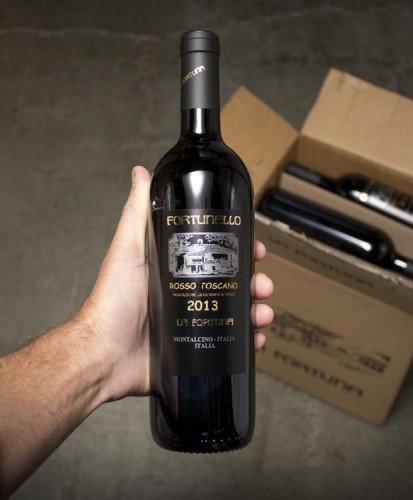
La Fortuna Fortunello Rosso 2013 makes for a much less expensive choice from a producer known for their 95+ point Brunello.
If you want to stretch your dollar further, there’s an attractive alternative – Rosso di Montalcino. Appropriately known as the “Baby Brunello”, it’s also made from 100% Sangiovese, but requires only a fraction of the time spent in oak. The result is a lighter, less tannic, and very approachable wine upon release. It also costs much less than Brunello.
Tasting notes: “bright red juicy, racy, zippy cherries, pomegranate, raspberry and perfumey fruit, and a nice undercurrent of mocha, spice and warm pie crust”
Regions: Italy (Montalcino)
Price: $10-30
Petite Sirah
If you’re a fan of big, muscular California Cabernet, chances are you’ll enjoy Petite Sirah. It has a relatively obscure place in the wine world, and is most often used as a blending grape. We like to think of it as Cabernet’s evil twin – inky and rich, with big, chewy tannins and a full body, but with the right touch it can become a polished, age-worthy wine.
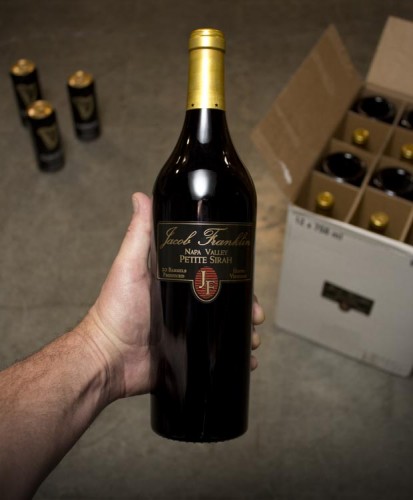
Jacob Franklin Petite Sirah Hayne Vineyard Napa Valley 2010 ($32) shows a great expression of terroir, and is easily capable of aging another ten years.
There are only about 10,000 acres of Petite Sirah planted in California, and it’s somewhat rare to see it produced as a single varietal. Often the winemaker adds a small amount of Merlot or Zinfandel to soften things up and round out the flavors. As a warm-climate grape it often lacks enough acidity to make it cellar-worthy, but skilled winemakers produce examples that can easily age for a decade or more.
Tasting notes: “savory/succulent and round, crammed with black/blue/purple fruit, incense, pepper, and smoky meat, and some pie crust spice notes”
Regions: California (Lodi, Napa, Mendocino, Sonoma, Paso Robles), Australia, Chile
Price: $15-25
Tempranillo
Tempranillo is the classic grape of Spain and makes for a great option if you love hearty, medium-to-full body reds. It’s usually produced as a single varietal wine, although winemakers like to add small amounts of Grenache or Carignan in the final blend.
The style can differ depending on the production style and growing conditions. Cooler climates highlight more fresh strawberry and cherry flavors, while warmer climates bring out the darker red and black fruit profile. Traditional Spanish winemakers use large oak casks to ferment the grapes, while some choose to use smaller American or French oak barrels which tends to produce a more modern style with more pronounced vanilla and caramel notes.
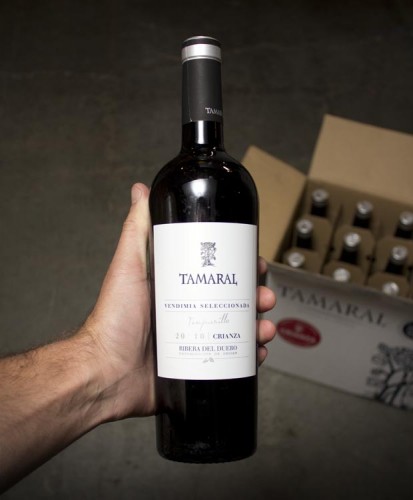
Tamaral Ribera del Duero Selecciona 2010 was rated 92 points by Wine Spectator, and we sold it for $19.
Another thing to pay attention to is the classification. There are four levels, starting with the more approachable and lighter-bodied Vin Joven and Crianza, before stepping up to the Reserva, which is aged for three years and finally the Gran Reserva which requires five years aging. If you can find a Crianza Tempranillo that has spent closer to a year in oak you’ll be rewarded with a great value wine that doesn’t sacrifice complexity.
Tasting notes: “Racy indeed, juicy, and packed with black and blue fruits but also a fantastically intriguing roasting coffee/smoky/woodsmoke”
Regions: Spain (Rioja, Ribera del Duero), Portugal, California
Price: $10-25
Cava
Everyone loves bubbles, but a really good bottle of Champagne can put a big dent in your wallet. Luckily there are some reasonable alternatives, one of which is Cava, a Spanish sparkling wine that’s very similar to Champagne. It requires much less effort to produce, which keeps the cost down, and doesn’t succumb to the glitzy marketing hype that follows Champagne.
We recently wrote about the differences between Champagne, Cava, and Prosecco which is worth a read if you’re interested in learning more about these three styles of sparkling wine.
Tasting notes: “crisp green apple, lemon creme, honey and lime notes, all balanced in a lovely fashion with a lip-smacking freshness and length.”
Regions: Spain
Price: $10-20
What are some of your favorite budget wines? Let us know in the comments below.

